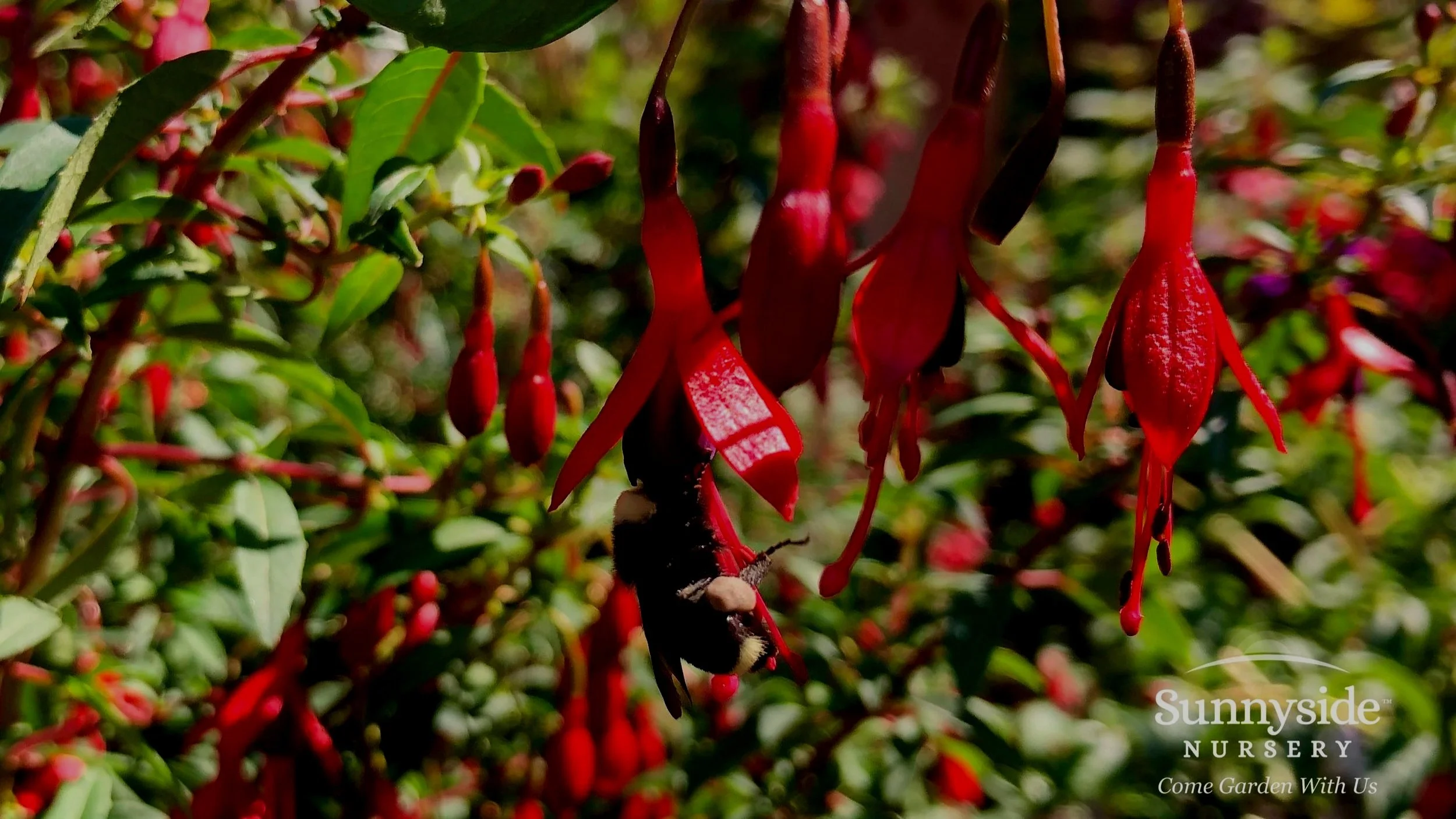Over my lifetime as a horticulturist, I have found myself enamored with different genera of plants to the point that I have gone out of my way to collect as many variations of the same genus, simply because I thought they were “really cool”. The genus “Bergenia” is a typical example and for me it all started when I was quite young…
Growing up in southern California, there was a plant in many gardens that caught my eye as a budding young plant nerd. Since it was widely planted, I assumed that it must be easy to grow and easy to propagate (thusly shared amongst neighbors and therefore widely distributed). I was told it was called “Winter Geranium” by the neighborhood widow ladies who found me irresistibly cute and happily shared their many years of plant knowledge in the hopes that I would become their future yard boy. Later in life, when I became fluent in botanical Latin, I learned that the proper name was Bergenia crassifolia or cordifolia, depending on which taxonomist you followed.
As it turns out, this perennial has several common names associated with it including “Elephant Ears” and “Siberian Tea”, but my favorite is the one popular in England, “Pigsqueak” (not to be confused with “pipsqueak”, a name my older siblings constantly called me when they wanted me to vamoose). The name Pigsqueak comes from the sound that is made when one rubs their fingers together across the leaf surface. Try it if you don’t believe me!
While Bergenias are very pedestrian and certainly don’t have the blue blood attraction of a peony or Japanese iris, they are tough as nails and will grow absolutely anywhere in the garden. I have seen them in the most deplorable locations in full sun and total drought, but I can assure you that they are much happier and will look a whole lot more lush if they have a rich organic soil and some afternoon shade. In ideal conditions, the leaves (which are a bright shiny green) can get quite large, even up to 12 inches across, and will turn a deep mahogany in winter. Where I grew up near San Diego, the flower stalks appear in December, but in the northwest, it is more common to find them in full bloom from February into May. Flower colors can range from pure white to deep magenta, and when planted en masse, from a distance can almost appear to resemble a blooming azalea.
As with most evergreen perennials, it is best to do some grooming after the winter to get rid of last year’s foliage. I usually reserve this task for after they have finished blooming but before they have put on their current season’s growth. This is also a good time to divide them or to simply rejuvenate the clump.
It should go without saying that I have several groups of Bergenias in my garden that look simply breathtaking this time of year. Here are three that I can recommend:
Spring Fling — Good flower color and winter interest
Dragon Fly Sakura — A very compact one with pale pink flowers
Tubby Andrews — Leaves are splashed with gold, salmon, and cream.
You should find dozens of varieties in the garden centers this time of year, most of which will be in bloom. Don’t get too hung up if you can’t find a specific one, they are all wonderful. For best results plant them in shade, or at least afternoon shade, and combine them with golden sedge, ferns or astilbes for a delightful look. Stay safe and keep on gardening.



